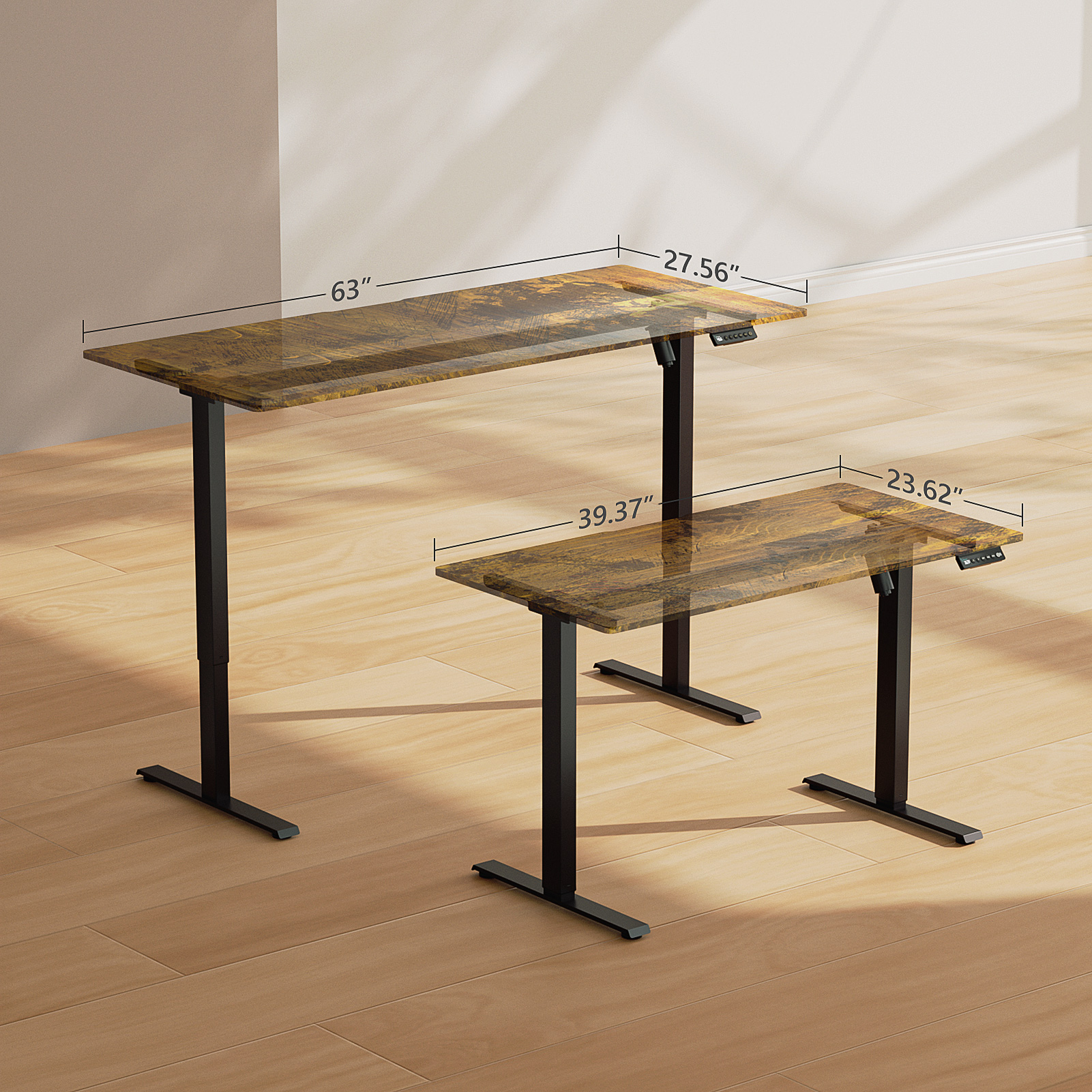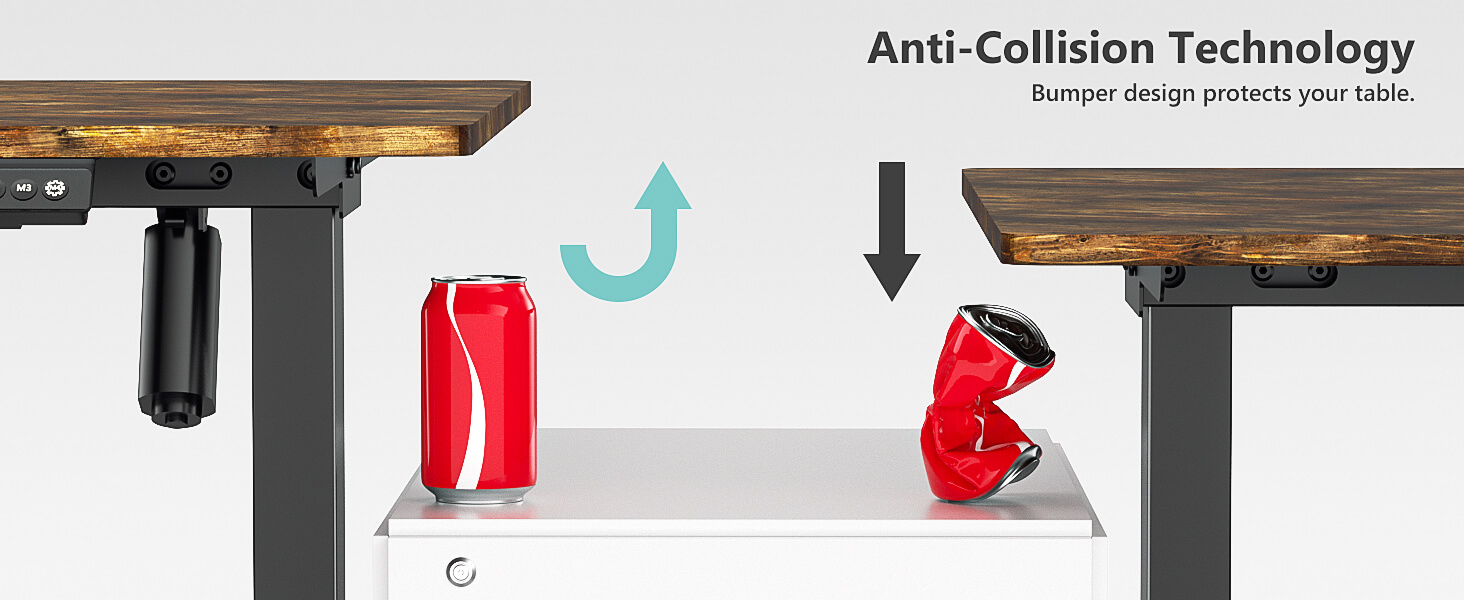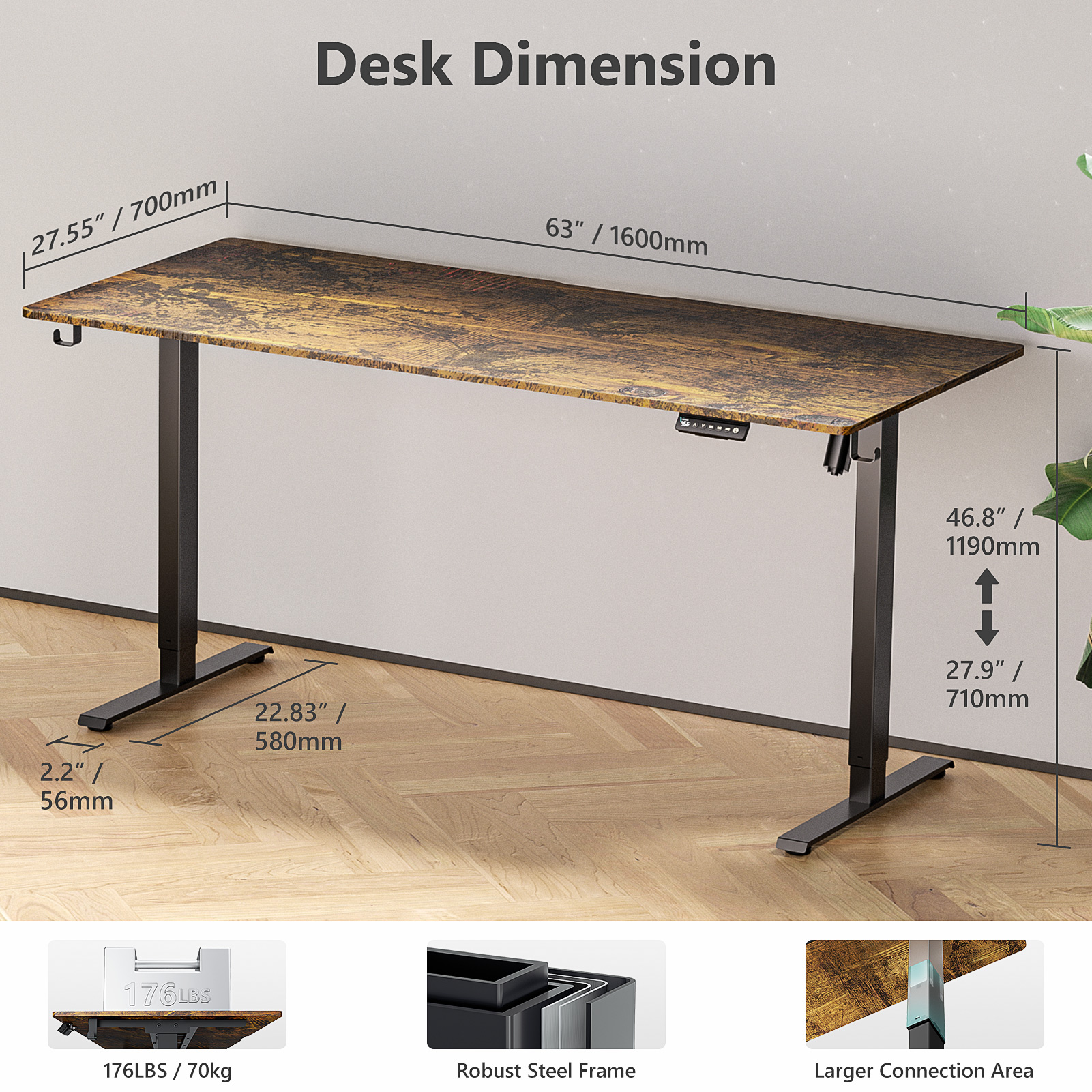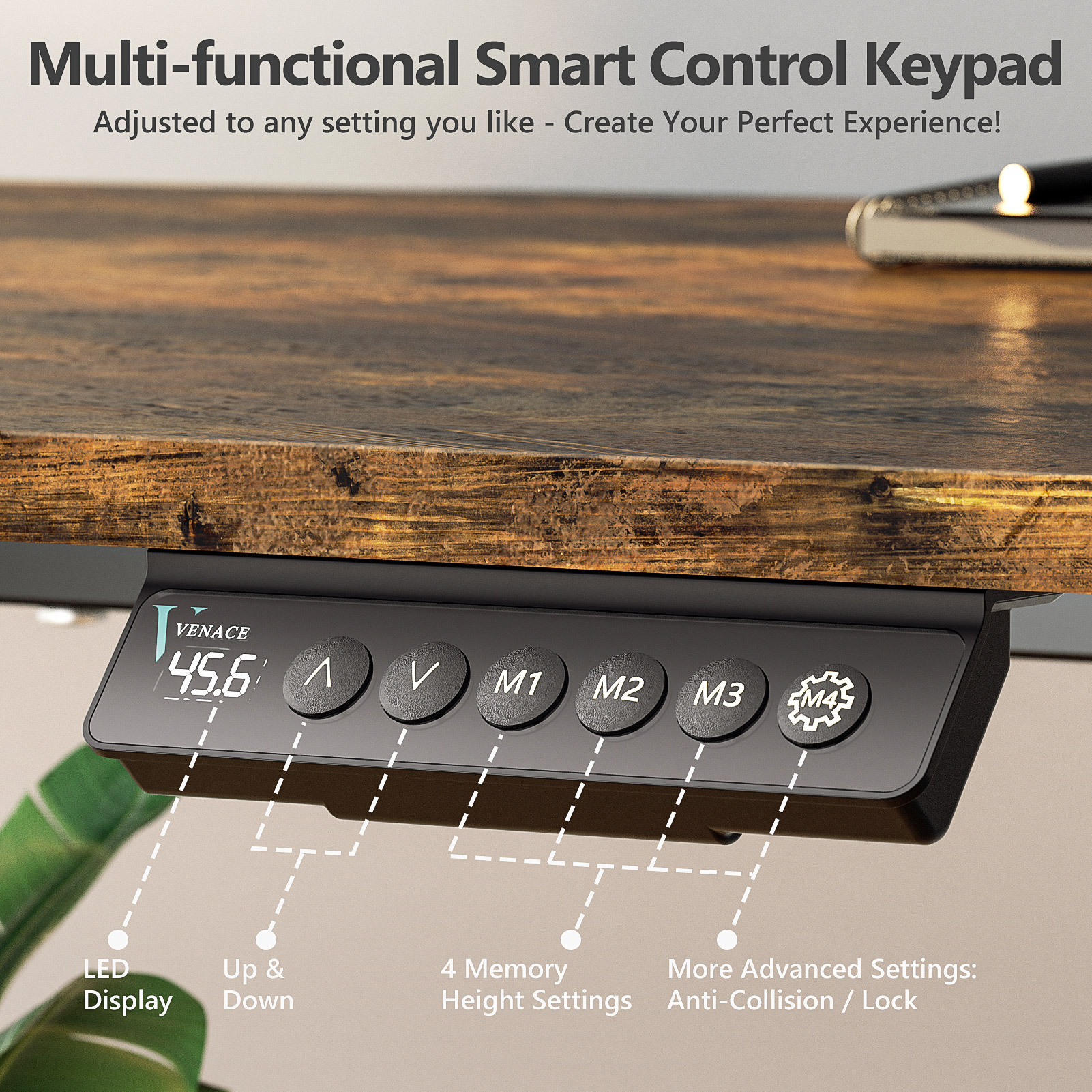Students sit. They sit through lessons, tests, and breaks. It’s a routine, a norm. But now, the tables are turning—literally. Standing desks are infiltrating classrooms, offering an alternative to the traditional sedentary setup. Why is this shift gaining momentum, and what’s at stake for education?
Here’s the thing: standing desks aren’t just trendy accessories; they’re a solution. A solution to what, exactly? Let’s break it down.

The Trouble with Sitting: More Than Just Physical Discomfort
We’ve all heard it: “Sitting is the new smoking.” While it might sound like a dramatic tagline, there’s some truth to it. Long hours hunched over desks, staring at screens—this is the reality for many students today. So what happens? Poor posture becomes the norm. Stiff backs, slouching shoulders, aching necks. Fatigue sets in. Eyes glaze over. Focus starts to wane.
But this isn’t just about discomfort. Sitting too long, day after day, can lead to serious health problems—things like sluggish circulation, weight gain, and even metabolic issues. And for students, that means less energy, more distraction, and, ultimately, less learning.
So, what if there was a way to avoid all of this? Well, enter the standing desk—a simple yet powerful change to the traditional classroom setup. And no, it’s not just for adults who need to “spice up” their office space.
Standing Desks: Not Just for Office Workers Anymore
For many students, a standing desk might seem like a strange concept at first. After all, they’re used to sitting in desks, with the occasional break to stand up during class changes. But standing desks are changing the game, providing a flexible, dynamic solution that combines both sitting and standing.
Let’s talk benefits.
1. Better Posture, Better Health
First and foremost, standing desks promote healthier posture. No more slouching over a low desk for hours. Standing encourages a neutral spine position, which helps reduce back and neck pain. And don’t forget—standing engages the body more. Core muscles work harder, blood circulates better, and students feel less stiff.
The difference is real. And for schools looking to encourage healthier habits in students, standing desks are a game-changer.

2. Boosted Focus and Cognitive Function
But that’s not all. Standing doesn’t just make the body feel better; it also makes the brain work better. Studies have shown that standing increases blood flow to the brain, which sharpens focus, boosts alertness, and helps with concentration. Imagine this: a classroom full of students who are engaged, attentive, and not zoning out from sitting too long. That’s the potential power of the standing desk.
The beauty of a standing desk isn’t just that it keeps students upright—it keeps them thinking, sharp, and involved. No more sluggish minds. Instead, a room full of active learners.
3. Energy Levels through the Roof
Feeling sluggish? It’s not surprising. Long sitting sessions drag people down. But with a standing desk, it’s different. Standing up, shifting positions, and even moving around all help keep energy levels up.
It’s simple—when the body isn’t fighting against its own inertia, it’s ready to go. Students feel less tired, less distracted, and more energetic throughout the day. This is a huge advantage, especially when the afternoons drag on. And let’s face it—students don’t always want to be bogged down by fatigue.

4. Combatting the Sedentary Lifestyle
The fact is, children today sit more than ever. They sit at desks, they sit in front of screens, they sit during breaks. The modern lifestyle has made sedentary behavior almost unavoidable. But this is a problem that’s been growing.
Standing desks offer a way to fight back against this culture of sitting. By allowing students to alternate between standing and sitting, the desk essentially introduces movement into the day. Even small shifts—standing to sit, stretching—are a huge improvement over hours of unbroken sitting. This constant movement promotes physical activity, keeping kids healthier in the long run.
5. Dynamic Classrooms, Dynamic Students
Traditional desks are stationary—literally and figuratively. A desk stays in one place. The student stays in one position. But standing desks offer freedom. Desks can be moved. Students can shift positions, interact with their space, and collaborate more freely.
With standing desks, there’s more flexibility, which leads to more interaction. Students don’t just sit in rows. They can stand, walk, group together, or stretch. Learning becomes more dynamic, just like the students. This flexibility fosters creativity and collaboration, which traditional desks can’t provide.

6. Behavioral Benefits: Focus and Self-Regulation
More often than not, students struggle to sit still. For those with attention challenges, the regular urge to get up and move around can make sitting for long stretches unbearable. This is where standing desks come in. Instead of remaining seated and fidgeting, students can stand up, change positions, or even walk around without disrupting the class.
A study on classroom behavior found that standing desks can improve students’ self-regulation and reduce disruptive behavior. Why? Because students are given a healthy outlet for their energy. No more bouncing in their seats or feeling trapped by the limitations of traditional desks. They can stand when needed, shift positions, and stay engaged. For students with ADHD or similar challenges, this can be a real game-changer.
The Future of Education: Standing Desks at the Core
What started as a trend for office workers is now slowly making its way into classrooms. And it’s easy to see why. Standing desks are not just about health—they’re about creating a more engaging, active, and dynamic learning experience. By encouraging movement, better posture, and improved concentration, standing desks are shaping a new era in education.
In the next few years, don’t be surprised if the classroom of the future looks a lot less like the classroom of the past. And at the heart of it all? The standing desk—simple, effective, and revolutionizing the way we learn.
